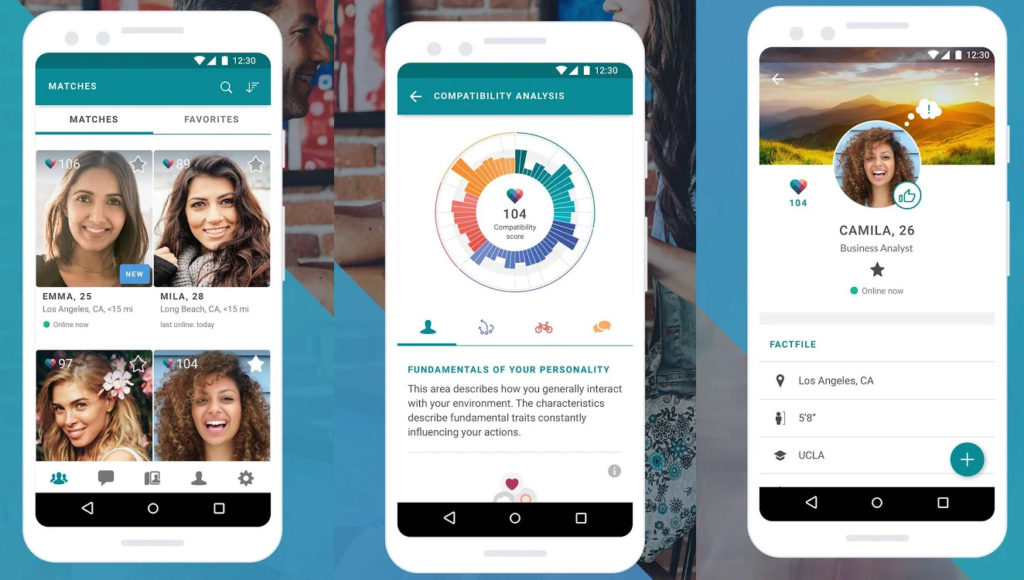If your business is in possession of information that is classified as confidential or proprietary, controlled access to that data is crucial. Access control is a must for any business that has employees who connect to the internet. At its simplest, access control is the selective restricting information to a set of users and in certain circumstances, says Daniel Crowley, head of research at IBM’s X-Force Red team that focuses on data security. There are two main components: authentication and authorization.
Authentication involves making sure that the person you’re trying to access is who they claim to be. It also includes the verification of passwords or other credentials that must be supplied prior to granting access to any network, application, file or system.
Authorization refers to granting access based on a particular role in the business for example, engineering, HR or marketing. The most efficient and popular method to restrict access is through role-based access control. This type of access is based on policies that identify information required to carry out certain business functions and assign permissions to appropriate roles.
It is easier to monitor and manage any changes when you have an access control policy that is standardized. It’s important to ensure that policies are clearly communicated to employees to encourage careful handling of sensitive information, as well as to establish procedures for revocation of access when an employee leaves the business or alters their role, or is terminated.



